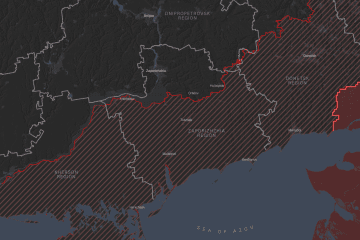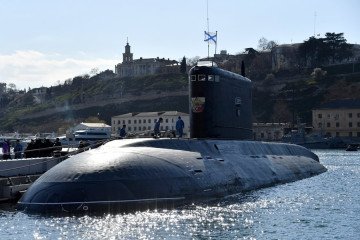- Category
- War in Ukraine
“The Enemy Doesn't Care Who You Are” How Wounded Veterans Train Ukrainian Civilians While Rebuilding Their Own Lives
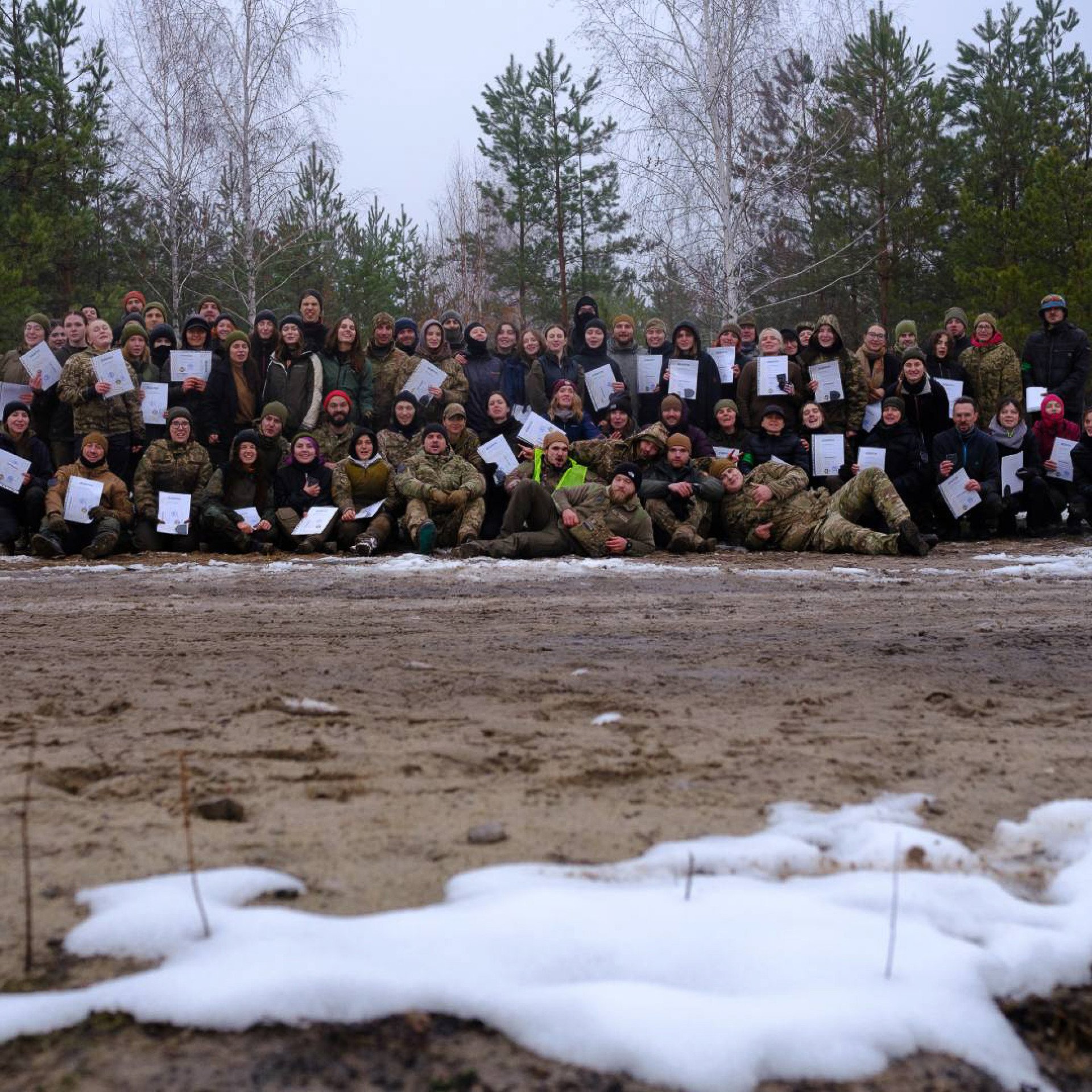
In Kyiv, civilians can receive free military training from veterans of the ongoing war with Russia. These veterans, many of whom have suffered serious injuries or been captured, use the program to reintegrate into civilian life while sharing their combat experience and helping others prepare for the challenges of war.
In a nondescript firing range somewhere in the Kyiv region, a diverse group of Ukrainian civilians has gathered. They've all signed up to receive military training from the veterans —soldiers who were honorably discharged due to injuries or who have spent time in Russian POW camps.
The Kyiv Regional Center for Training the Population for National Resistance may be a mouthful, but its name clearly defines its purpose. The center operates at a unique social crossroads, preparing civilians for the realities of war while offering life-saving skills, all while providing its instructors with meaningful employment opportunities to help them transition back to civilian life.
The instructors bring invaluable real combat experience, something that is both rare and in high demand. The center offers this expertise to anyone willing to travel and dedicate their weekends to a modified military boot camp—and people are eager to join.
The atmosphere is surprisingly lively. Amid the sounds of gunfire and the occasional training grenade popping off, a loudspeaker blasts top-20 hits near a modest coffee shop and canteen, adding a surprising touch of normalcy to the training environment.
The Kyiv Regional Center for National Resistance Training has grown significantly since our initial report in November 2024. Now, in the middle of winter, participation continues to rise. This surge has created a demand for expansion and has led to more permanent roles for battle-hardened instructors.
‘Valdemar’
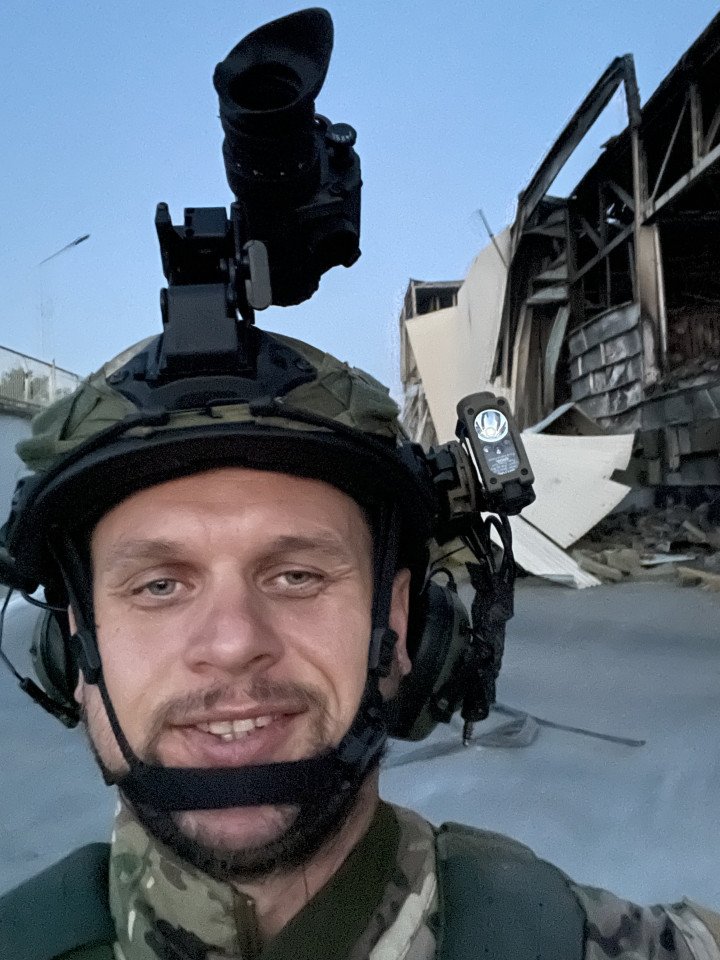
Volodymyr “Valdemar” Avdyienko, a veteran of the 67th Brigade of the Ukrainian Armed Forces, is the director of the Kyiv Regional Center. Once a successful CrossFit athlete, he suffered wartime injuries to both his legs, hindering his ability to walk.
Speaking about the center, Avdyienko emphasized the importance of training civilians to defend themselves in times of crisis: "Every Ukrainian, especially in these times, should know how to use weapons, be able to defend their city or even their family in case of danger."
The center provides well-rounded training in tactical, medical, and engineering skills and also offers training in the highly sought-after skill of drone piloting.
At the heart of the program is a team of instructors who bring invaluable combat experience to their training program. As Avdyienko explains, "All the instructors at our center have combat experience. And not just any combat experience, but experience in Ukraine's hottest combat spots."
Among the instructors are veterans from the Third Assault Brigade and Azov Brigade, units who endured some of the most intense combat in Mariupol. Unfortunately, these experienced fighters can no longer serve on active duty.
"These guys who work with us now are all retired military personnel because, during the defense of Ukraine, they received injuries that were so severe that they can no longer continue their service in the Ukrainian Armed Forces."
Despite the heavy toll their injuries have taken, Avdyienko explains that these veterans are far from finished. "After undergoing rehabilitation, they were discharged. They were already thinking about where and how they could contribute because they all still want to help." The center provides exactly that—an opportunity for veterans with combat experience and injuries, who can no longer continue in the military, to train civilians and pass on their invaluable expertise.
‘Artist’
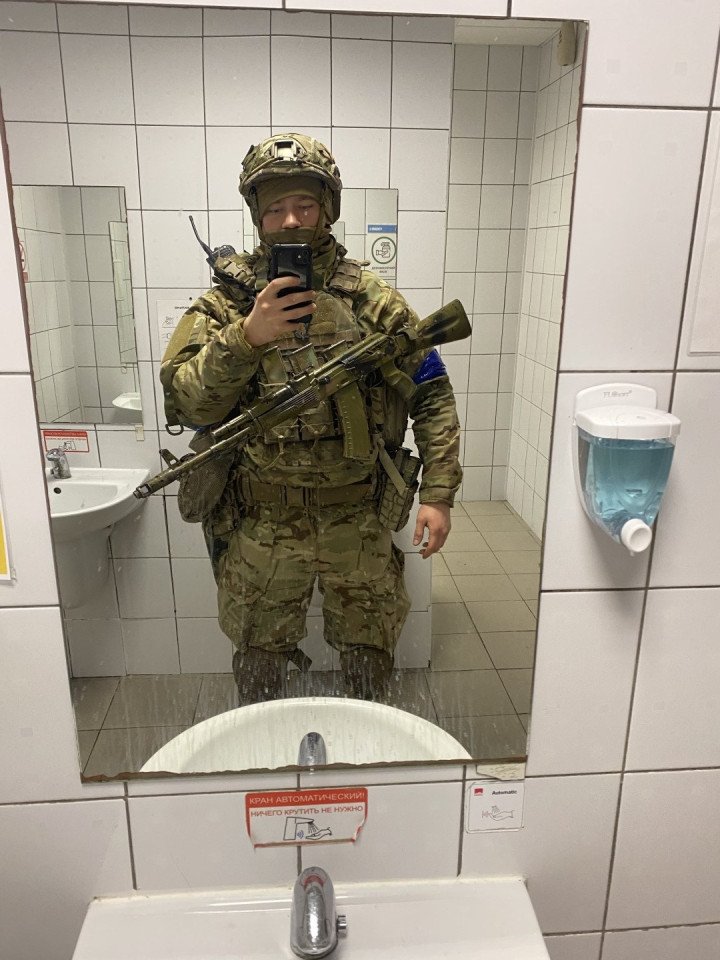
Dmytro Demchuk, known by his call sign "Artist," is a 26-year-old veteran from Volyn who is now an instructor at the Kyiv Regional Center for Civil Defense Training. He began his military career in 2017, enlisting in what was then the Azov Regiment shortly after turning 19.
Demchuk quickly rose through the ranks. When the full-scale Russian invasion began in February 2022, Dmytro was already a seasoned soldier, acting as a heavy support unit commander in the battalion's reconnaissance platoon. He and his comrades were immediately deployed to the right bank of Mariupol, tasked with planning the city's defense and preventing Russian forces from advancing.
On March 13, 2022, his life changed forever when Russian forces broke through to the city’s right bank, sparking intense close combat. While on a mission to destroy a Russian tank, Dmytro was shot in the abdomen.
"I was knocked to the ground, and my first thought was, 'Damn, have I really been shot?'"
Despite severe injuries, Dmytro crawled to safety and was evacuated to the last functioning medical facility. The following day, the hospital was shelled by Russian forces, and Dmitro narrowly avoided death. "They hit the second floor where the operating room was, killing all the medical staff," he recalls.
For the next few days, Dmytro took refuge in the basement with a local man, forming a bond in the face of death. "I called him 'Dad,' and he called me 'Son,'" Dmytro says. Eventually, he was evacuated to the Azovstal steel plant complex, a critical stronghold in Mariupol.
"It was like something out of a movie," he remembers, describing the constant cries, the harsh conditions, and the daily arrival of casualties. Azovstal, known for its strategic importance, became the final refuge for Ukrainian defenders, its industrial structure providing shelter amid relentless bombardment.
After two weeks in Azovstal, Dmytro was selected for evacuation by helicopter, as volunteer forces arrived to assist the surrounded city. "I was deeply moved by their selfless decision," Dmytro says, reflecting on the volunteers who risked everything to help.
Though their journey was fraught with danger—dodging Russian fire and narrowly escaping a missile strike—Dmytro's helicopter made it to safety, despite sustaining significant damage.
A missile hit one of the engines, but it did not detonate. Instead, it disabled the engine, leaving the helicopter to fly on just one. Despite this, they managed to reach their destination.
“We knew we were spotted, but we weren’t sure if the enemy knew who was aboard," he remembers. Tragically, the next helicopter was shot down, killing many of its passengers. Dmytro sees his survival as a miracle, calling it "like winning a lottery."
After more than a year of surgeries and recovery, he is now a civilian, dedicated to training others to protect themselves. "Now, I’m doing my part by training civilians to become an effective fighting unit and possibly save lives," he says with pride.
‘Biloslav’
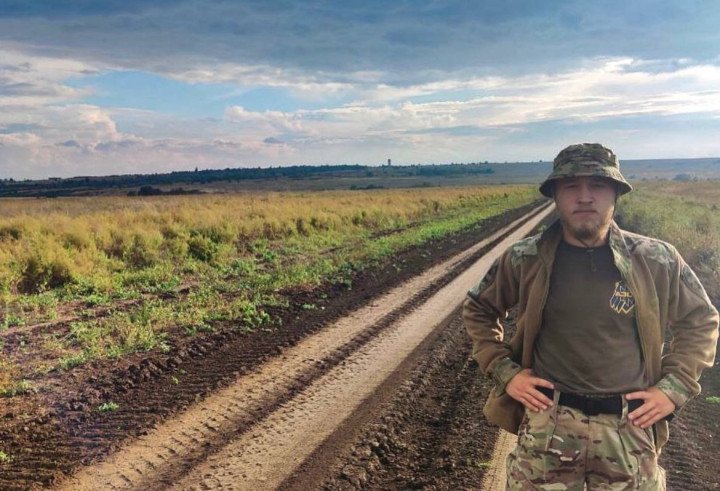
Maksym Onipchenko, known by his call sign "Biloslav," is a 21-year-old veteran of the Azov Brigade who has already endured more in his young life than many ever will. He enlisted in the military as soon as he turned 18, eager to serve his country.
"In fact, I was already at the training camp even before I turned 18," Biloslav recalls with a smile. He had just a couple of weeks left before officially turning 18 when he was already on base, ready to fight.
His service quickly led him to the front lines, and by 19, he was fighting in the defense of Mariupol, a brutal battle that would leave deep scars. "I turned 19 during the siege of Azovstal," he says. During this period, Biloslav sustained serious injuries—closed blast injuries to his chest, a contusion to his right lung, and multiple concussions.
Biloslav then would be captured by Russian forces and had to be operated on by enemy doctors in order to save his life and extend his chances of being included in a potential prisoner swap. He would spend his 20th birthday in Russian imprisonment.
“I underwent an operation in captivity, one that I initially hesitated to undergo, but I knew my situation was critical,” he said. “After the surgery, I spent a significant amount of time recovering in solitary confinement.”
Biloslav described being in many different Russian prisons, including the infamous Olenivka prison , where hundreds of Ukrainian POWs were either killed or injured by a bomb planted in the prison.
“I can say that captivity was one of the worst experiences,” he said. “Death is not as terrifying as being captured, as our enemy does not adhere to international laws regarding the treatment of prisoners.”
When he was released in a prisoner swap, after more than a year of captivity, he faced the challenge of recovery, physically and mentally. But instead of succumbing to the trauma, Biloslav found a new purpose in his reintegration into civilian life.
"We teach civilians not just how to survive, but how to defend themselves," he says, his tone resolute. After witnessing the devastation in Mariupol, where Russia showed no mercy, targeting everyone—whether they were children, women, or the elderly—it became clear to him that preparation is key.
"In Mariupol, the enemy didn’t care who you were. They killed and tortured indiscriminately," he recalls. This brutal reality cemented his belief that everyone needs to be prepared for what could come. "That’s why everyone needs to have basic military training".
‘Irishman’
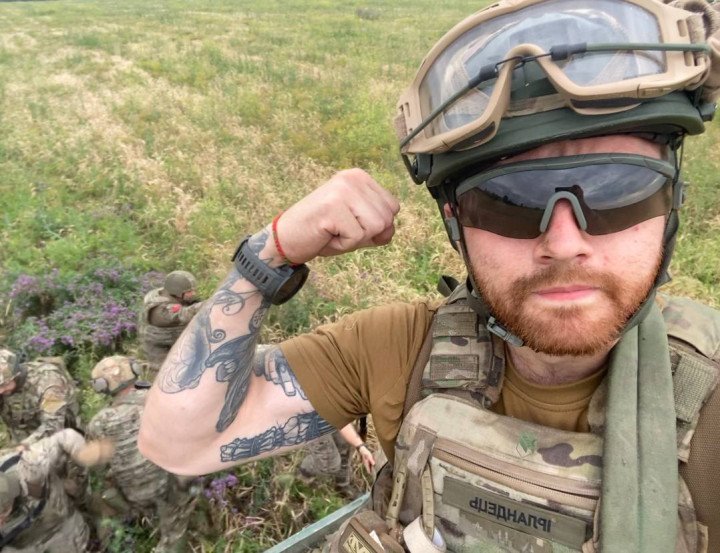
Lyubomyr "Irishman" Prudkyi’s career as a soldier began long before he joined the 3rd Separate Assault Brigade. When the war started he served as a senior driver, responsible for transporting shells under heavy fire.
However, he recalls that “when the shells ran out, we were left with nothing to do”. At this moment, he realized he needed to move forward. Inspired by a video he saw of the 3rd Assault Brigade, he decided to transfer to their ranks. “I saw what those guys were doing, and I thought, 'I'm no worse than them,'” he explains.
After joining the 3rd Assault Brigade, Irishman took on the role of a combat medic and volunteered for multiple assault operations. During his final operation, while his unit was withdrawing, they were hit by artillery, and Irishman sustained severe injuries. “I was injured in both of my lower limbs, after which I was discharged,” he recalls.
The recovery process was long, lasting over a year. “After returning home, I tried to find myself and adapt to civilian life,” he says.
“At the age of 18, I entered the military as a contract soldier, but when I returned home, I felt like I was wasting my time. I felt I was not growing, I was just going through surgeries, and the feeling of stagnation grew stronger.”
But his fellow soldiers came to him, offering support. “They said that I was needed. I realized that my army comrades had become my second family, maybe even closer than my blood relatives,” he reflects.
Determined to find purpose again, Irishman joined the Kyiv Regional Center for Training the Population for National Resistance, where he now shares his combat medical expertise with civilians.
“I wanted to make sure that I was doing something useful,” he says. Today, he teaches life-saving skills, that because of the abundance of Russian strikes around the country, are vital for any civilian to know.
‘Bilyi’
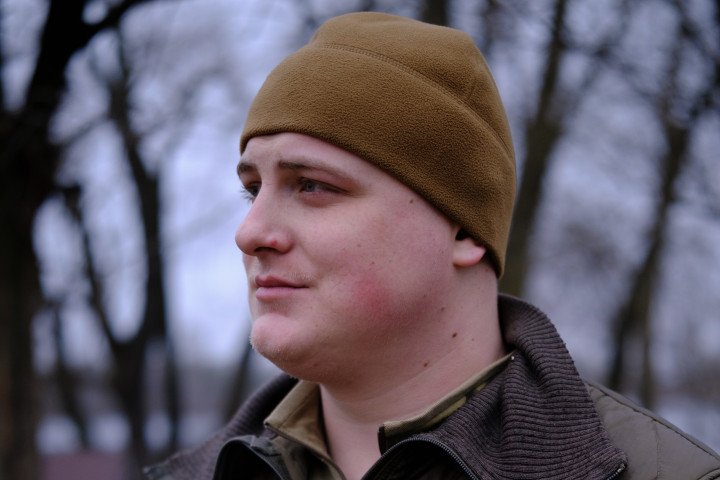
Denys Yukhnenko, known by his call sign "Bilyi," (white) also fought in the 3rd Assault Brigade. On his birthday, during one of his final operations near Klishchiivka, close to Bakhmut, disaster struck. Amid heavy artillery fire, Bilyi sustained a severe injury to his lower limb, which would ultimately end his time as a soldier.
A former heavyweight boxer for the Ukrainian national team, Yukhnenko is an imposing figure. “It was hard for my comrades to carry me, especially with my injuries,” he admits, recalling how his size added an extra burden to the unit medic who happened to be on duty that day.
Following his injury, Bilyi was forced into a long and difficult recovery. He underwent multiple surgeries and rehabilitation, but as his wounds would eventually heal, a crisis of the heart would linger.
“I started to degrade because I wasn’t doing anything at home, not developing myself, and I had constant operations because my leg needed treatment to prevent amputation,” he reflects, facing the emotional toll of being permanently sidelined.
However, his comrades' support was a tremendous help. "When your brothers in arms come to visit, they remind you that you're still needed," he recalls, finding strength in the solidarity of his military family.
It was their encouragement that helped Bilyi move past his sense of helplessness and realize that his journey wasn’t over. "I had a second family—one in blood and one in battle," he says. Driven by a new purpose, Bilyi transitioned from the battlefield to a new mission—training civilians to handle emergencies.
“We’re facing one of the largest enemies—everyone must be prepared for the worst-case scenario,” he says, highlighting the importance of “real, firsthand experience.”


-29a1a43aba23f9bb779a1ac8b98d2121.jpeg)
